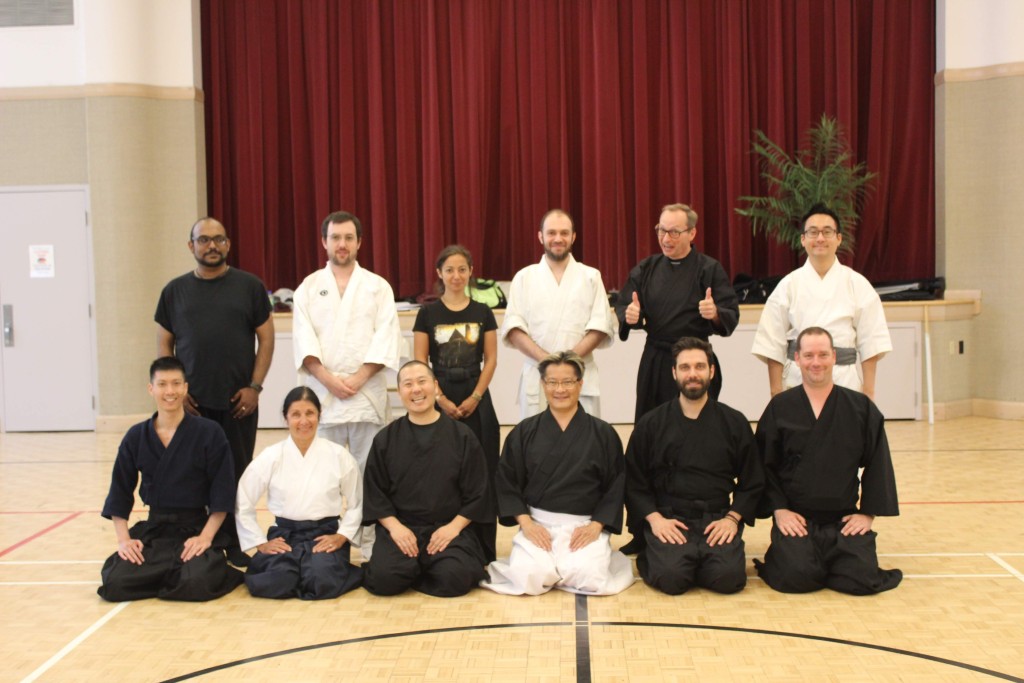Seminar Report:
July 2019
Montreal, Canada
copyright © 2019 Douglas Tong, all rights reserved.
__________________________________________________
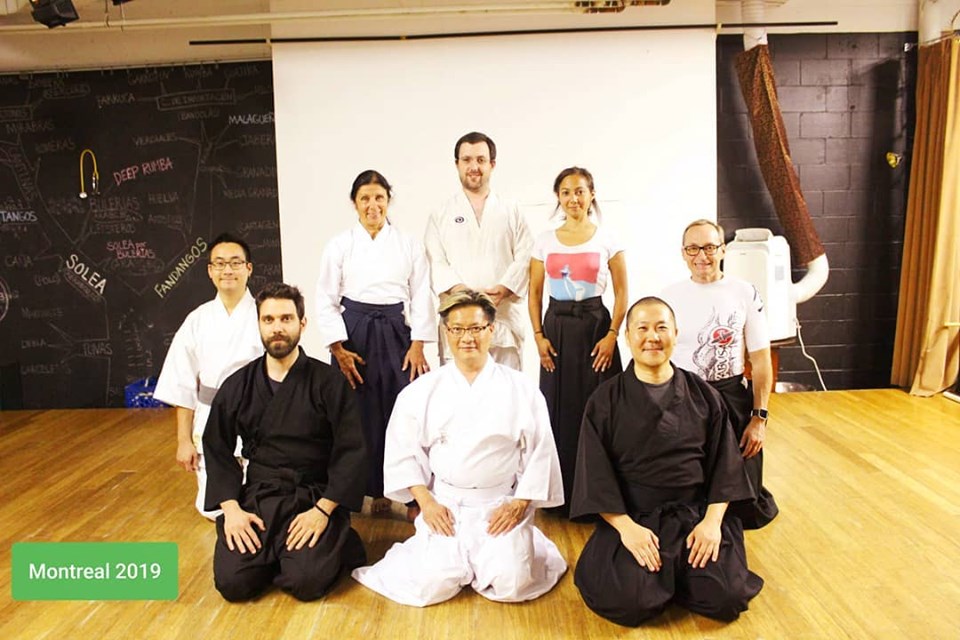
On July 12 & 13 of 2019, Tong Sensei travelled to Montreal to run seminars in Yagyu Shinkage Ryu Hyoho for his study group Keishinkai (formerly known as Oakville Kenjutsu – Montreal) in Montreal, Canada. This seminar was Tong Sensei’s first visit to meet the members of the Montreal Study Group under Derek Lo Sensei. Here is what he had to say about it.
__________________________________________________
Montreal Seminar 2019: New Perspectives
This was a weekend to remember. It was an important event for Sensei Lo’s group in Montreal. For many students in his group, they have only been exposed to Derek Lo Sensei. Now, they were going to finally meet his teacher.
For many of them, this was their first meeting with me, and the first time they would see Yagyu Shinkage Ryu performed at a high level between two experienced practitioners. Derek Lo has been my student for around a decade and started his training with me learning the ancestor art of Yagyu Shinkage Ryu, the famous Katori Shinto Ryu. He has stuck with me through all the changes over the years and has now developed to the point where he is now skilled and knowledgeable enough to run his own group. The circle has been completed.
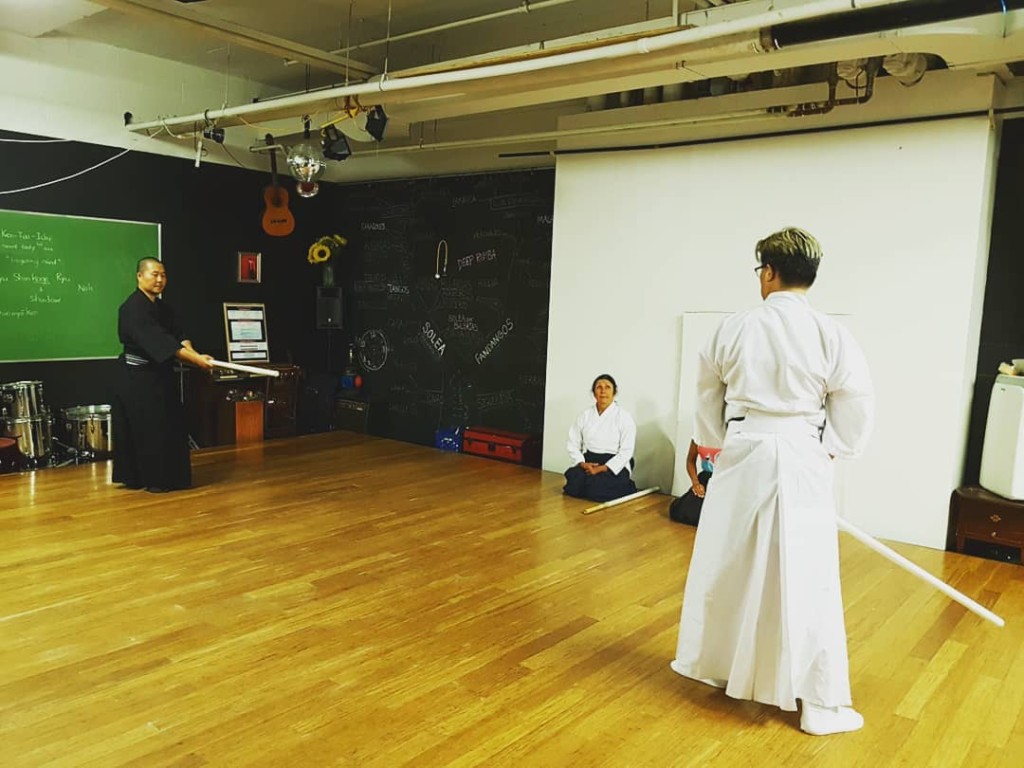
I myself had never met his group members, except for Niko who had attended our Gasshuku last year, so it was a first for me in this regard too! It was indeed a landmark event. You never know if things like this will ever be repeated again so I was very grateful to have had the opportunity to do it. It was great to have the chance to build some connections between Derek Lo’s group to our organization as a whole, and also between his members and myself. This event really stood out for me as truly unique, because it was ‘a first’ in many different ways.
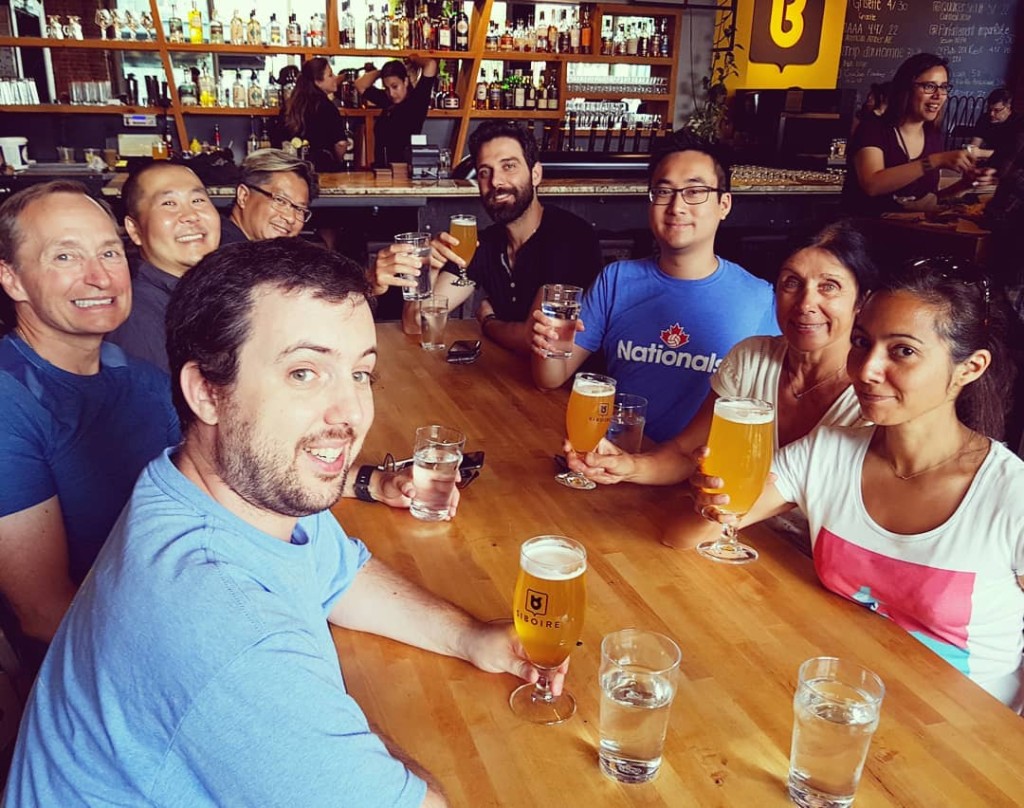
We started off the seminar with a review of the fundamentals of our style of swordsmanship: how we hold the sword, how we cut, different ways to position our sword and our body.
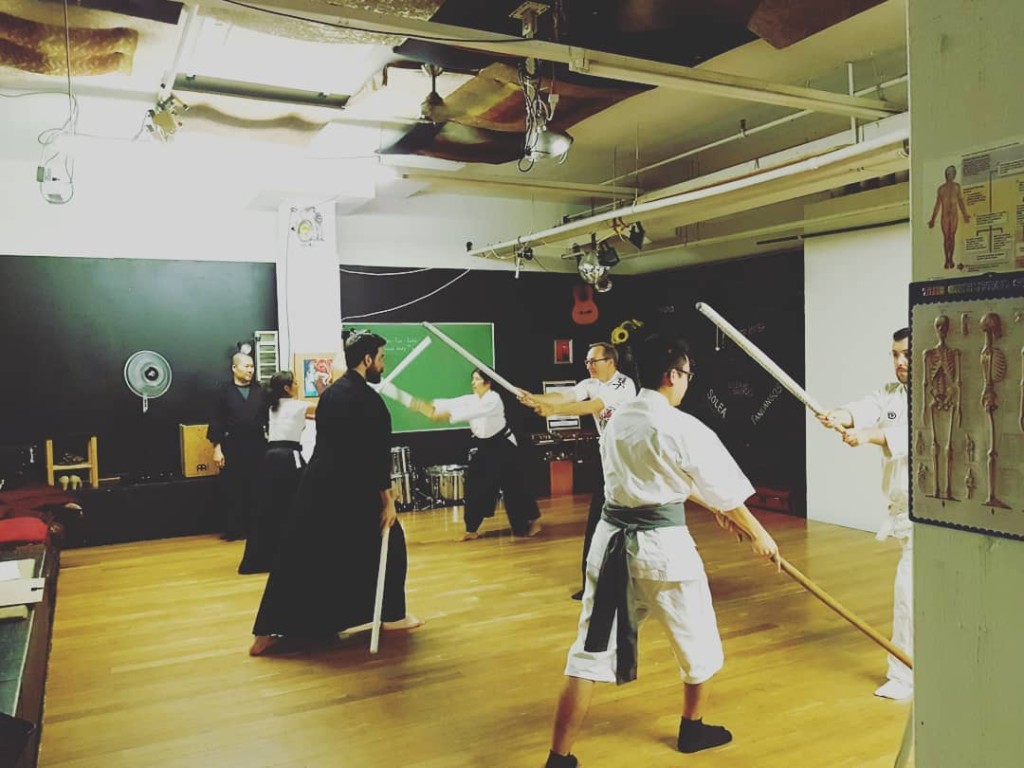
I am certain that Lo Sensei already covered all of this many times with his group. I asked him if possibly his students might have taken something away from my going over what must have been covered countless times before. Well, he said, “I think there was a new perspective. You have a unique and easy way of teaching and learning.”
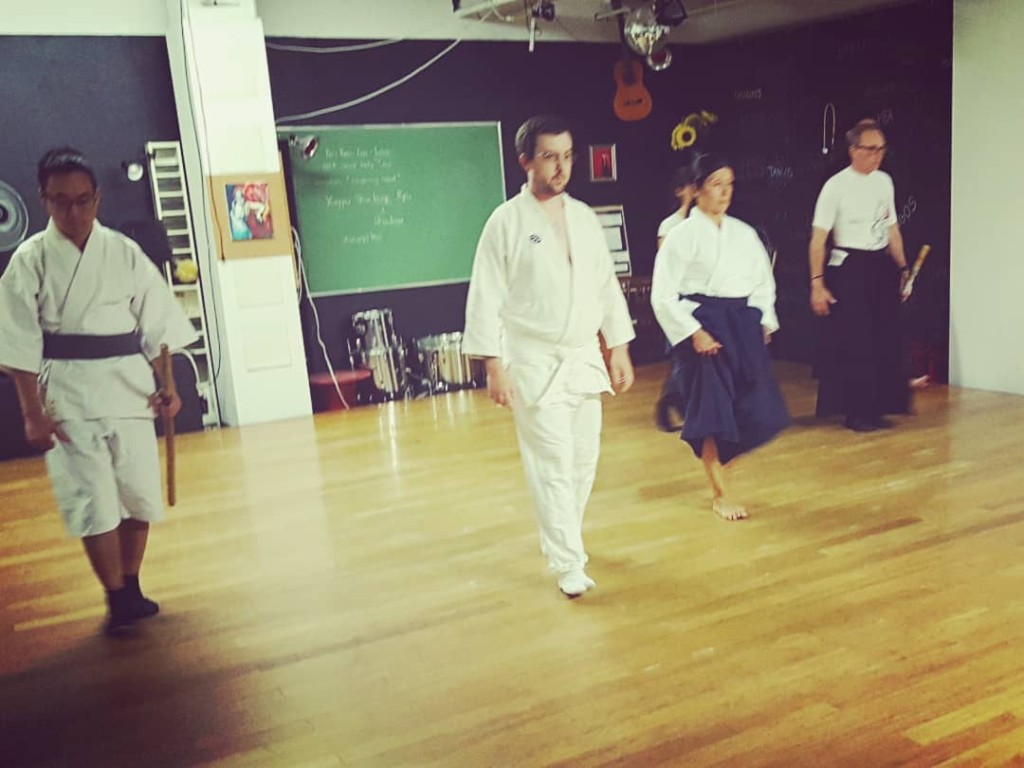
That’s interesting. Upon further reflection, I believe that he is right. Every teacher brings something different to the table. Every teacher has a slightly different perspective on things.
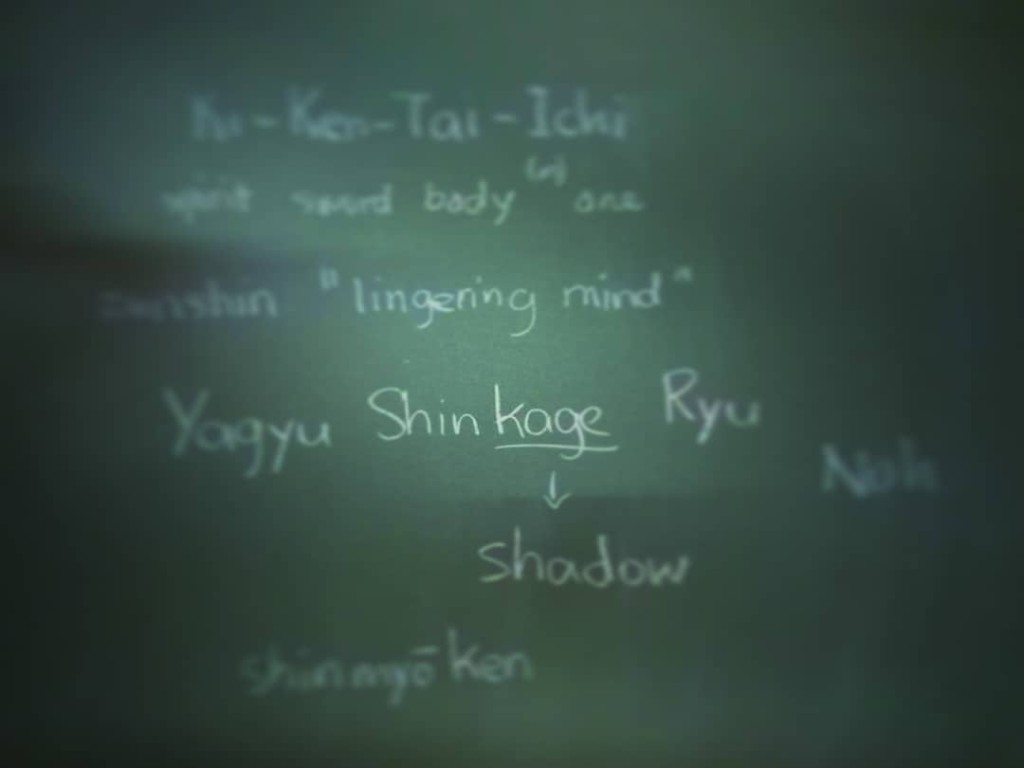
We encountered this issue of perspectives when we talked about different interpretations of the same base material, which in our art is our bible and guide, the Heiho Kadensho. There are many translations of this venerable document. There is The Sword and the Mind by Hiroaki Sato, The Life-Giving Sword by William Scott Wilson, The Way of the Living Sword by D. E. Tarver, and Soul of the Samurai by Thomas Cleary, among others. Each translator looks at the base material with a different lens, which is tainted by his background, past experiences, and his beliefs and value system. Some are analytical and dry, some are more poetic. Some approach it from a Zen perspective, while others see it through a Confucian-laden ethical value system. Some translate it like a historical document, keeping it intact and adding little to the translation, while others use a lot of their own commentary to aid the reader to make sense of the text. All different, all curious in their own ways.
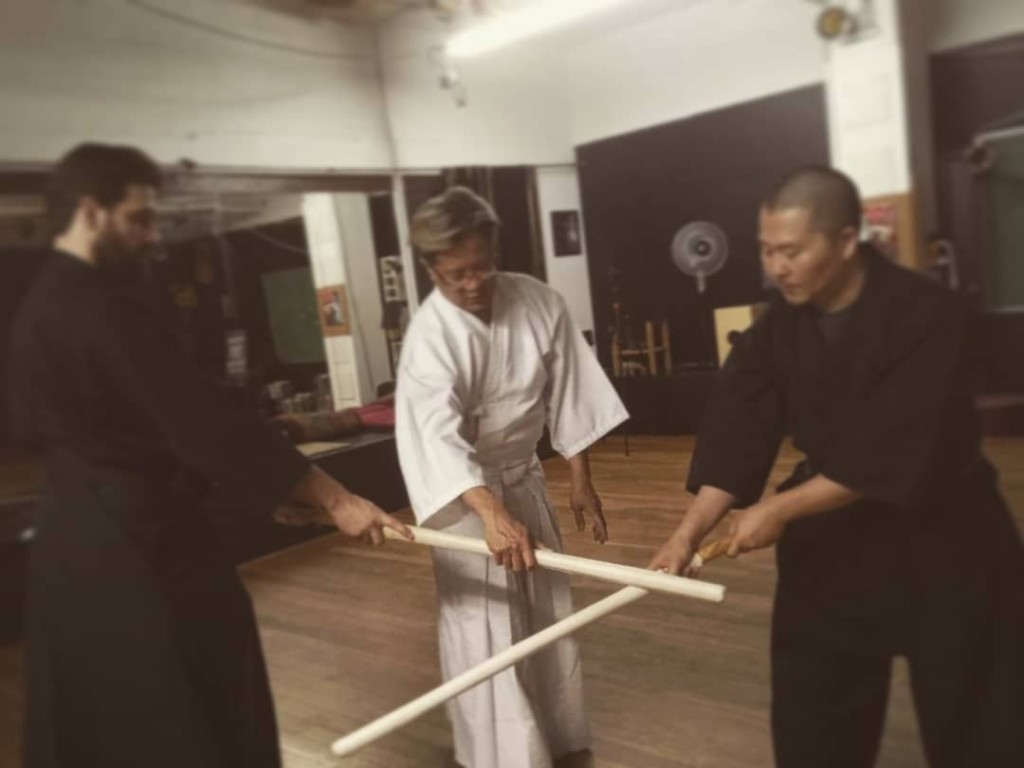
We also saw this focus on perspectives in our practice too. With Niko, we tackled the question of Metsuke – where to look when fighting with an opponent. This was an interesting question on many levels. First, there is the physical issue of exactly what to look at: the opponent’s eyes, his hands, torso, where? Different teachers will advise different things, all depending on their personal experiences and learnings from their teachers before them.
Tong Sensei and Lo Sensei demonstrating at the inaugural Montreal 2019 Seminar. The lesson depicted here concerns where to look and what you should be looking at, all to do with the concept of ‘metsuke’.
Connected to this was the idea of not getting distracted or too focused on yourself. If you focus on the opponent’s eyes too much, he might distract you with “eye actions” or the emotions that cross his face, either unintentionally or even worse, if he can intentionally give false signals by employing certain facial expressions. Therefore, focusing too much on the opponent’s eyes is not advisable. This is the mental side of the concept of ‘metsuke’. In other words, don’t get fixated on one detail as it clouds your judgement. Observation of the opponent is the key. If your lens gets dirty, you can’t see clearly. An apt metaphor for the idea of obsession; sometimes we get too obsessed about the opponent. Our judgement is cloudy; hence, our lens is dirty. This is bad.
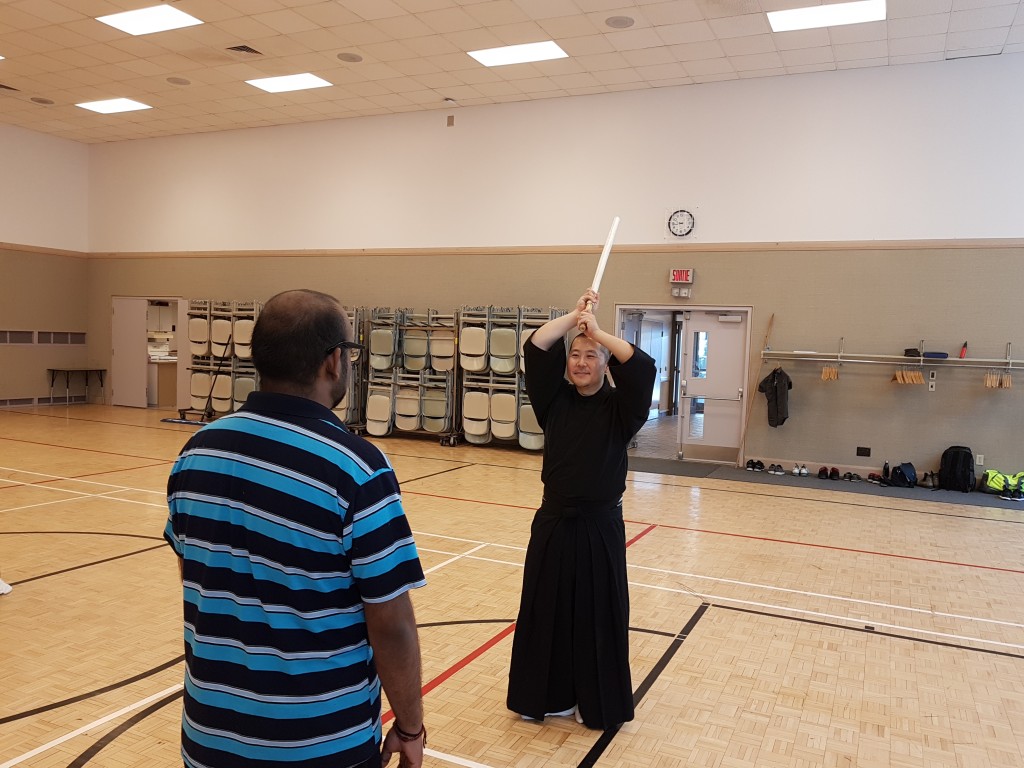
In kendo, this is a big topic and they have some advice:
“Notwithstanding tales of zatoichi , (the blind swordsman), sight is the first element of any kendo technique and the way that we watch our opponent is crucial to the success of our attack. If we stare at the target we are going to strike, we give our opponent obvious notice of our intention. If we look just at his or her face to try to understand their next action, we may miss the signals they give when they start to move hands or feet. If we look just at feet or hands, we can be easily tricked by movement designed to get our attention. If we look at the point of the shinai, there is even more chance that we may be fooled by a feint. We therefore use ‘enzan no metsuke’, (the way of looking at a far mountain). As the name suggests, ‘enzan no metsuke’ is a way of looking at the whole picture; the overall shape of your opponent, his body, hands, feet, shinai and face, particularly his eyes.”
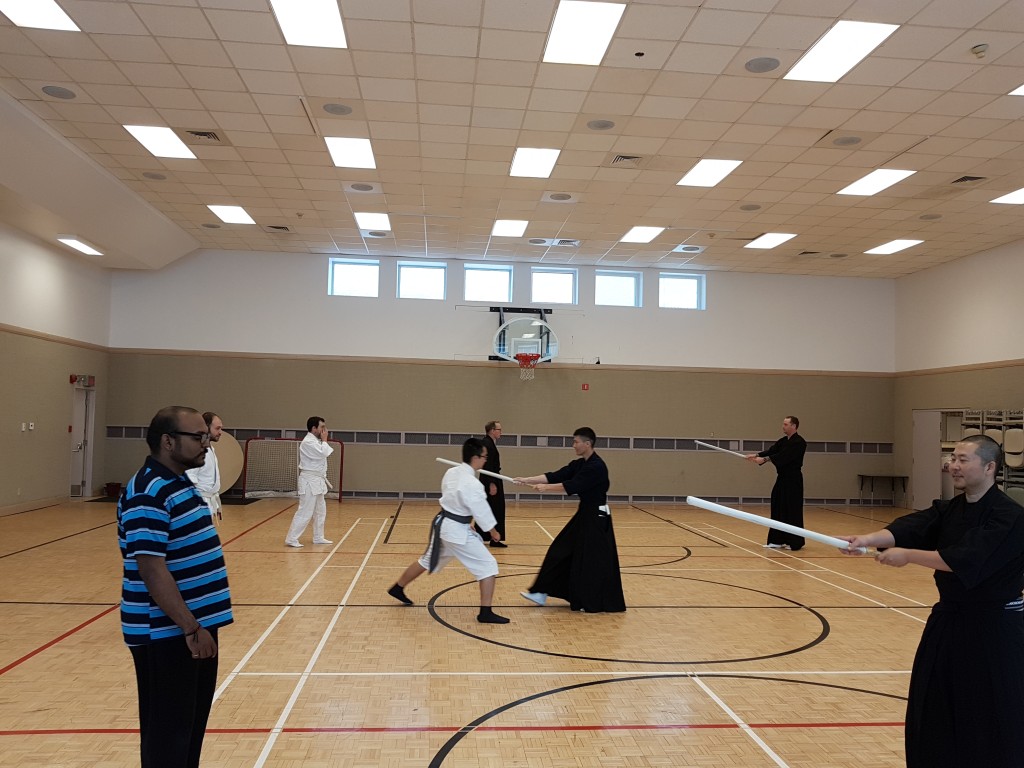
In the Heiho Kadensho, observation of the opponent is also a big topic that Yagyu Munenori talked about a lot. Observation can, in swordsmanship, quite literally save your life! So this was a really good discussion point that we had on that first day.

“You have a unique and easy way of teaching.”
Yes, it is the job of the teacher to somehow communicate ideas to the student. Every teacher will use certain words, unique expressions, to convey his or her meaning. This affects how the message is received and interpreted as well, much in the way that reading the same passage in The Life-Giving Sword as opposed to Soul of the Samurai will yield differing ideas about what Munenori said or meant. Certain words will trigger certain meanings. Well, I hope that I added a new and different perspective to the students’ base of knowledge and understanding of what Yagyu Munenori might possibly have meant in what he was saying in the Heiho Kadensho.
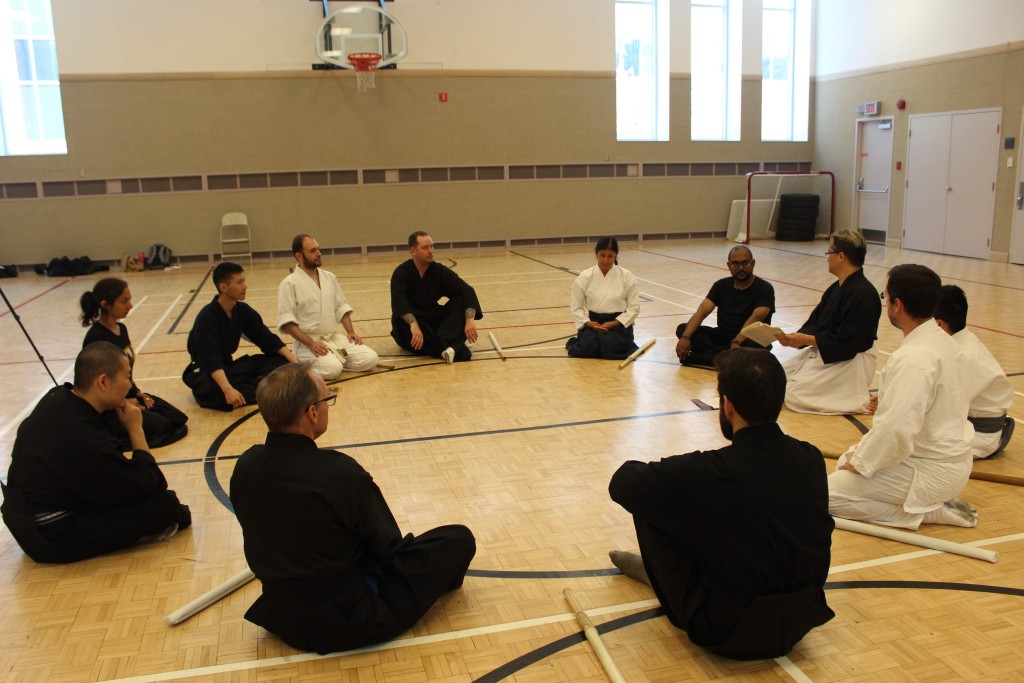
Another new perspective concerned the issue of being calm. One of the students, John, came from a fighting art and his initial response when threatened is to fight back right away. In this kind of situation, his “fight mode” kicks in – it is the classic ‘fight or flight’ response that many animals exhibit in stressful situations. Well, this fight mode is brought about by fear and panic. John would get too amped up. He would tense up and get nervous to the point that he could not control his actions, like modulating the amount of force he used. He needed to relax, to get himself under control. A different perspective was needed.
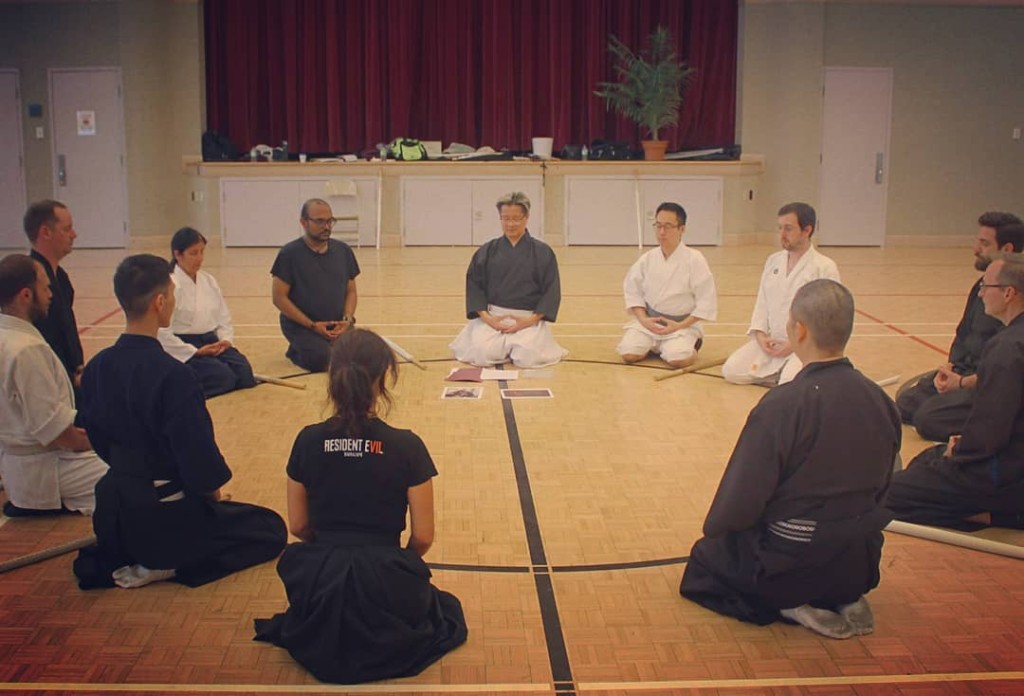
We spent time on learning how to be calm. We did some mokuso (seated meditation) to help clear our minds. I also read to the class a quote from Yagyu Nobuharu Sensei, the 21st Headmaster of the style. He said:
“In Yagyu Shinkage Ryu, we believe it is difficult to win using aggressive attacking only, it is more effective to respond flexibly to the opponent. It is very important to understand what intention the opponent has, to win using katsujin ken. You must keep calm and maintain your ordinary mental condition (平常心:Heijyoshin/ ordinary mind) or you can’t detect the opponent’s intention.”
Tong Sensei demonstrating at the inaugural Montreal 2019 Seminar. The lesson shown in this clip concerns the concept of ‘heijyoshin’ or maintaining calmness.
It is extremely important to try to achieve this heijōshin (Ordinary Mind) as in being able to be calm in stressful situations, a lesson that is useful in regular life as well. The Kuka-no-Tachi set of katas, the focus of the second day, is full of stressful situations that naturally induce panic. We consequently focused a lot on exercises to give us practice in how to remain calm and patient when swords are flying at your head.
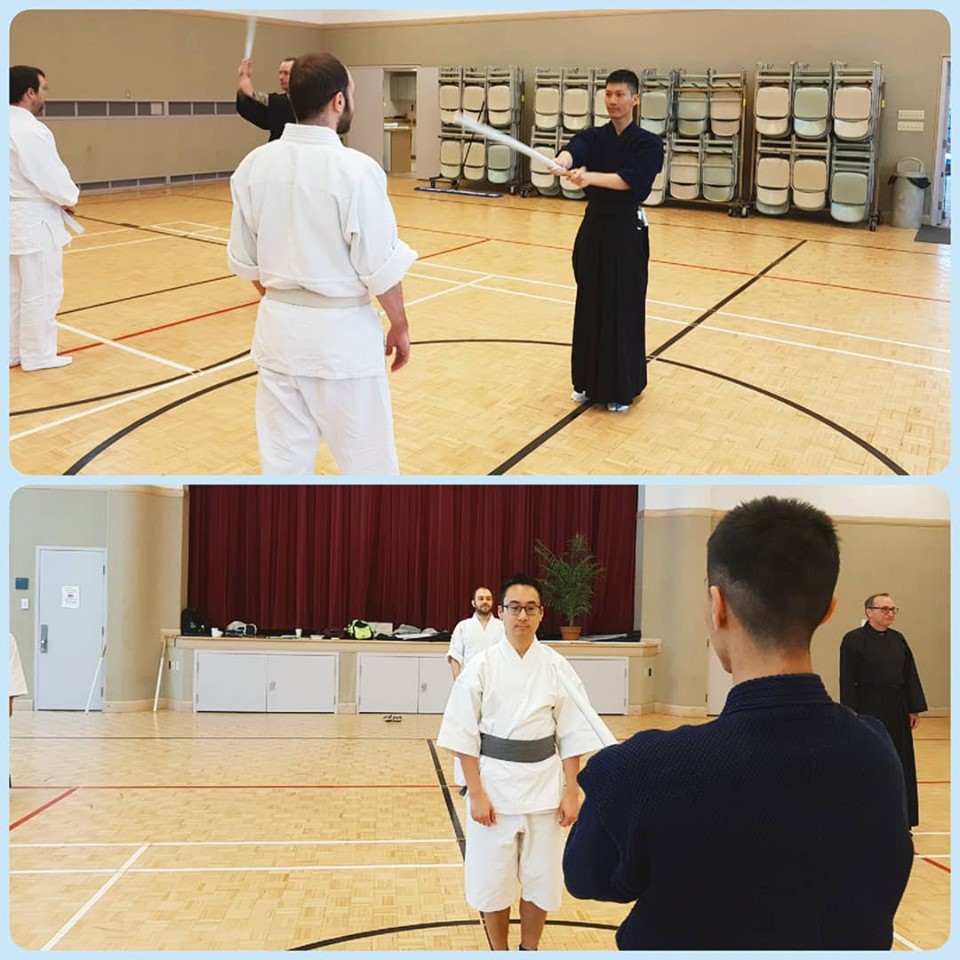
Were these exercises new? No, they are not. I first learned these exercises when I studied under Mutoh Sensei, my first teacher in Yagyu Shinkage Ryu, in Japan back in 1993. And we have practiced these same exercises with Kajitsuka Sensei, my current teacher in Yagyu Shinkage Ryu, who is the successor to Mutoh Sensei. And now we do them ourselves as part of our regular training. They are tried and true exercises, the traditional drills used in this style to help us to achieve this heijōshin. Hopefully, these exercises gave some of our students a new and fresh perspective on what they were doing.
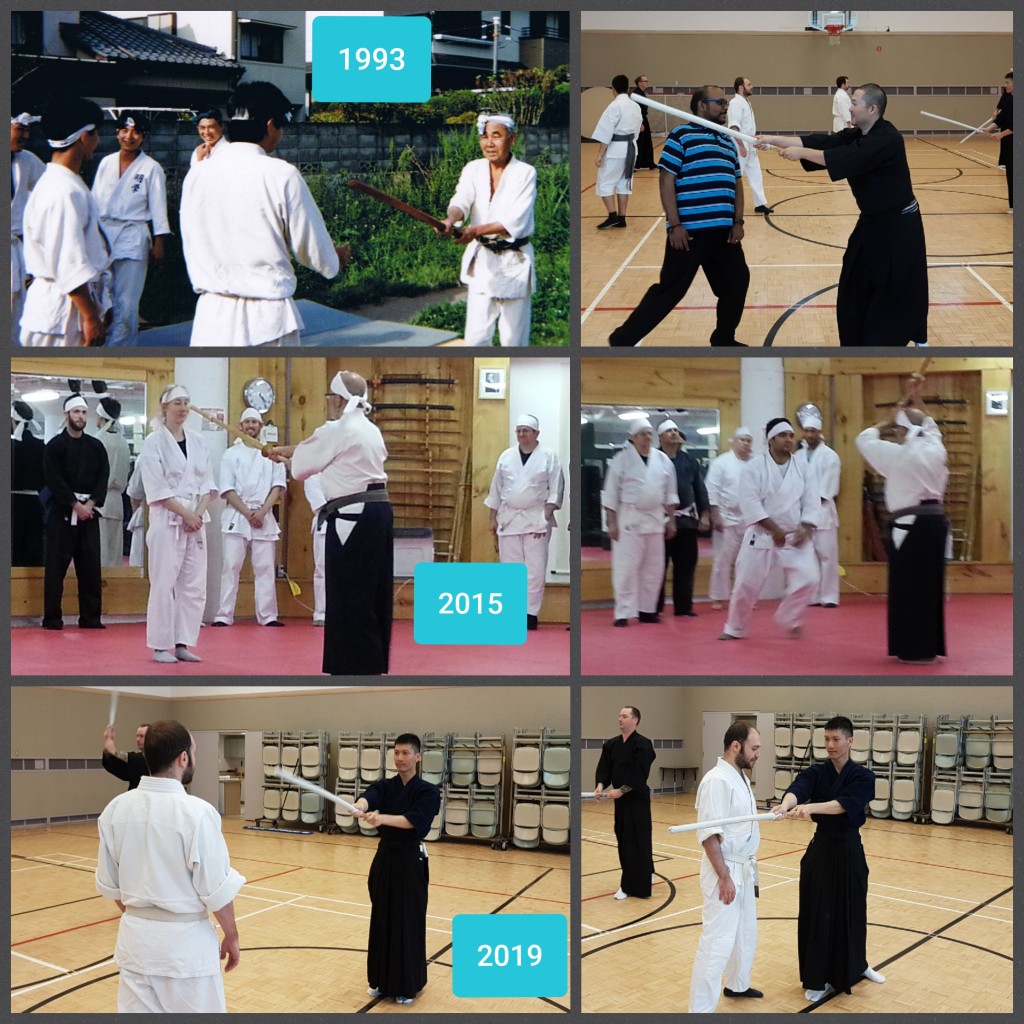
Finally, we had a few members of the Ottawa group and a new student joining us on this day. And we had a change of venue, where we moved to a church gymnasium. The influx of new people with different skills and knowledge and a larger working space contributed to a change in perspective as well.
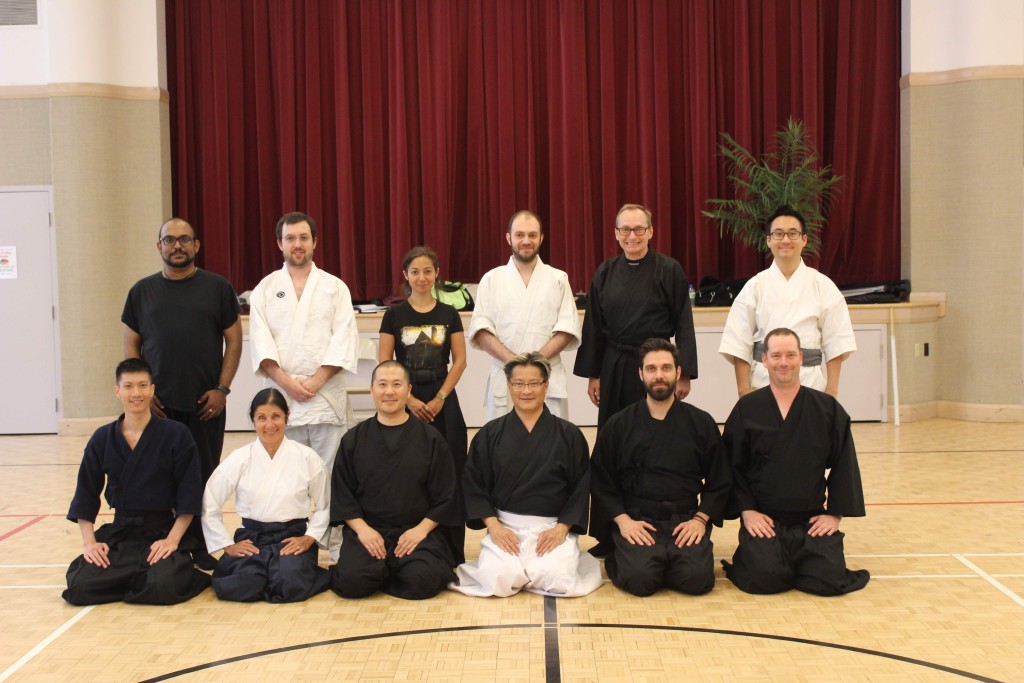
I started the day off with a quote from my master, Kajitsuka Sensei. When I asked him about what he tries to teach his students apart from just techniques, he said: “Take things on. By this, I mean, try new things.” Yes, try something new. Try a different perspective. Change is good for the soul.
I know that Derek Lo is a fantastic teacher, I trained him! Even his students told me so on many occasions over the weekend. It is very evident that they love him and highly respect him and his teachings. I did not want to upset that but I thought it would be beneficial to bring a new perspective to what they had been doing.
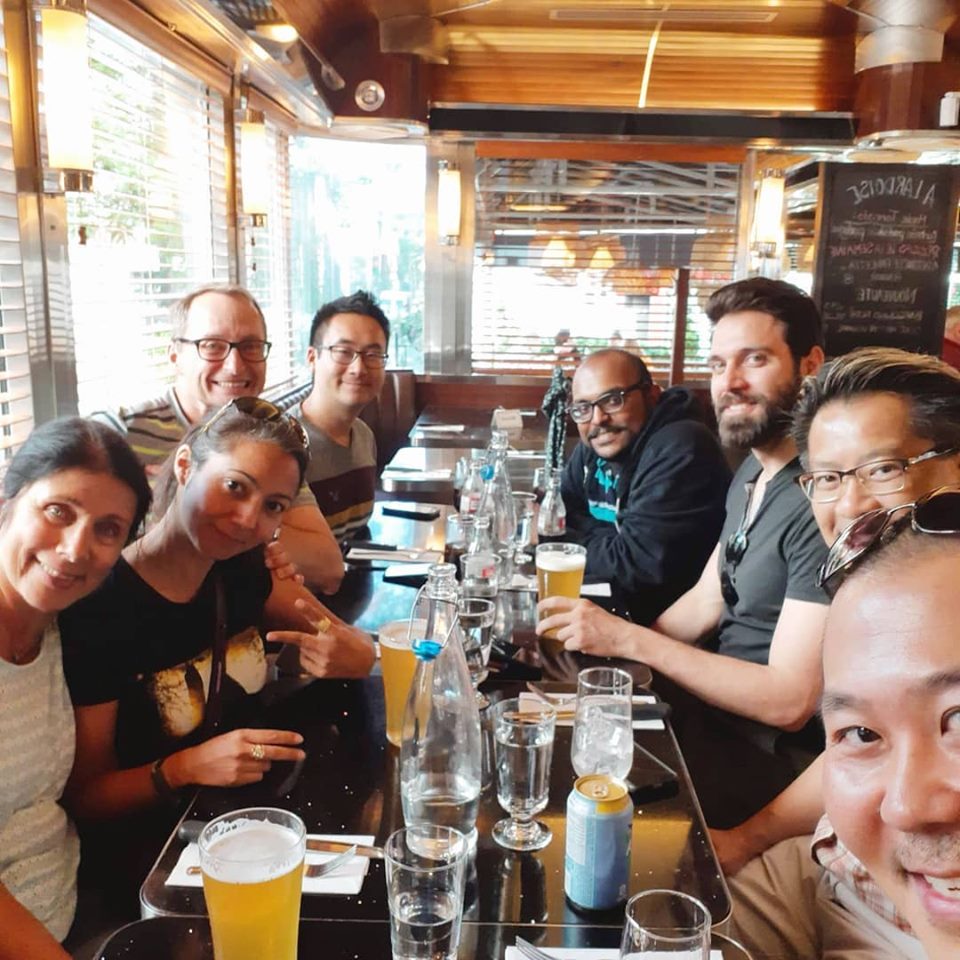
I talked about The Life-Giving Sword. We focused a lot on higher level esoteric concepts like mushin (Emptiness, as in No-Mind), fudōshin (Immovable Mind, as in composure), and heijōshin (Ordinary Mind, as in calm). Yagyu Shinkage Ryu is not only about the sword and its various techniques. It is also about the mind. So, I tried to weave these concepts into their performance of the katas, to incorporate new goals for them to try to achieve, to help them to see new layers to the onion. Hopefully, it was an eye-opening experience for them.
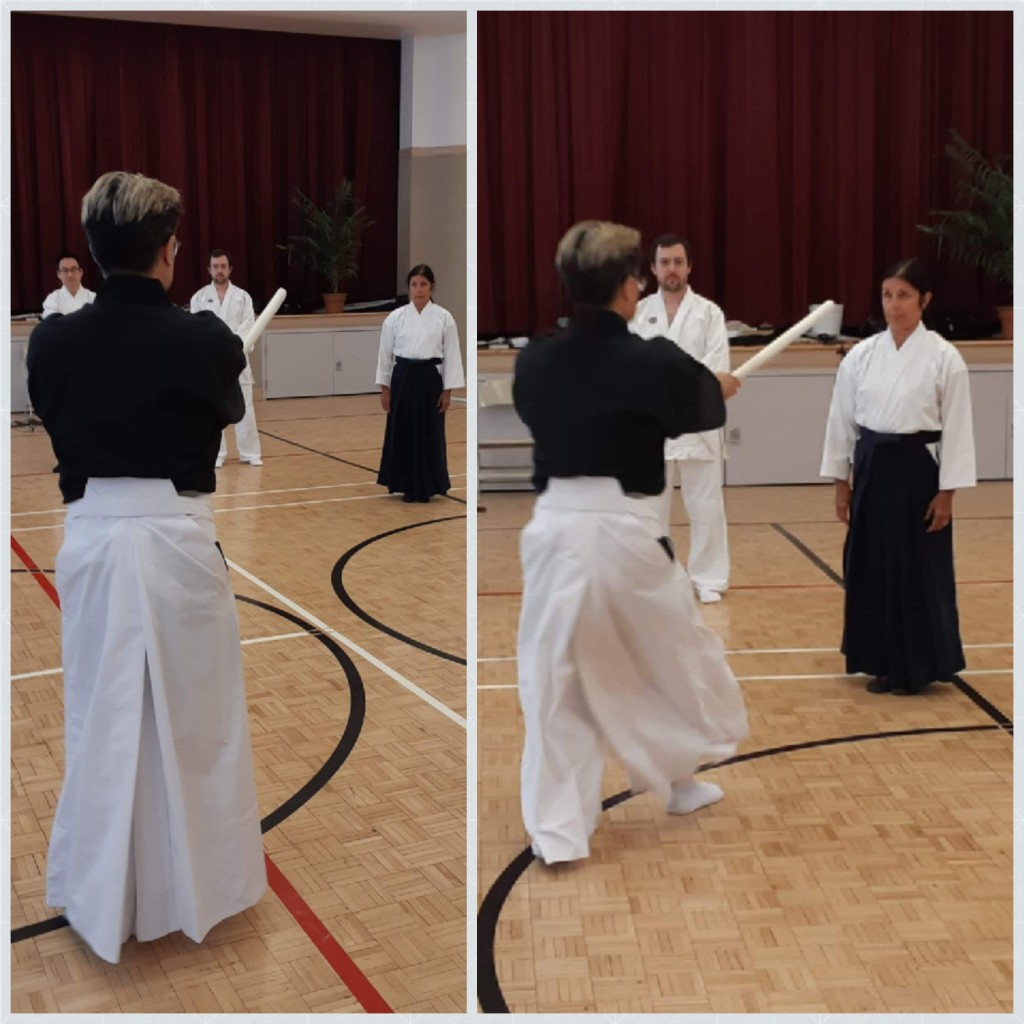
It is all about perspective.
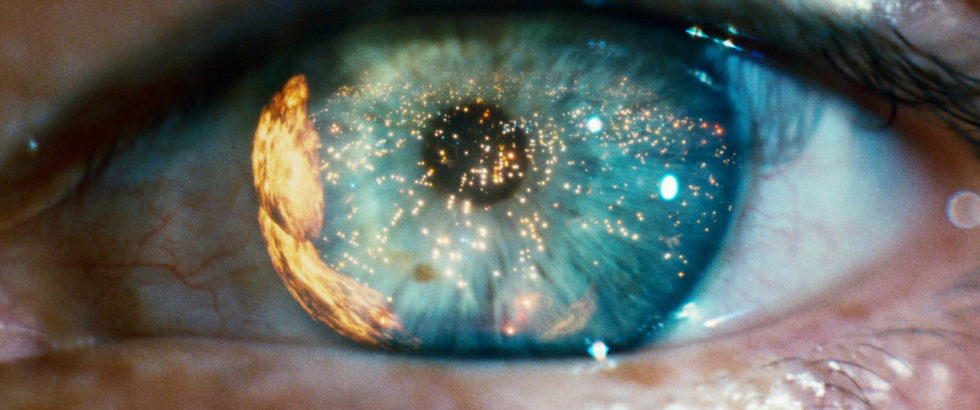
__________________________________________________
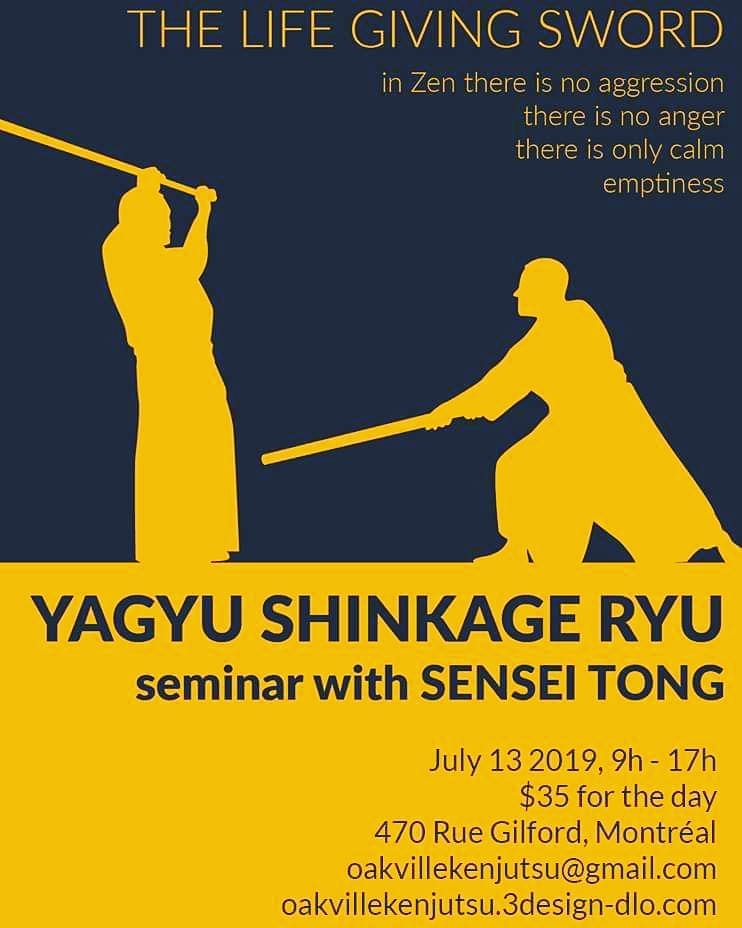
“It is with great pleasure that we were able to host Sensei Tong on Saturday, July 13th, 2019 for a seminar in Yagyu Shinkage Ryu kenjutsu. Sensei Tong’s devotion to teaching, and enthusiasm for his art inspired the attendees to work towards personal excellence, as well as opened their minds by challenging their perceptions of kenjutsu. We are so grateful to Sensei Tong for coming down and we look forward to inviting him again in the future!”
Derek Lo
Study Group Leader
Keishinkai
(Tokumeikan Quebec Study Group)
Montreal, Canada
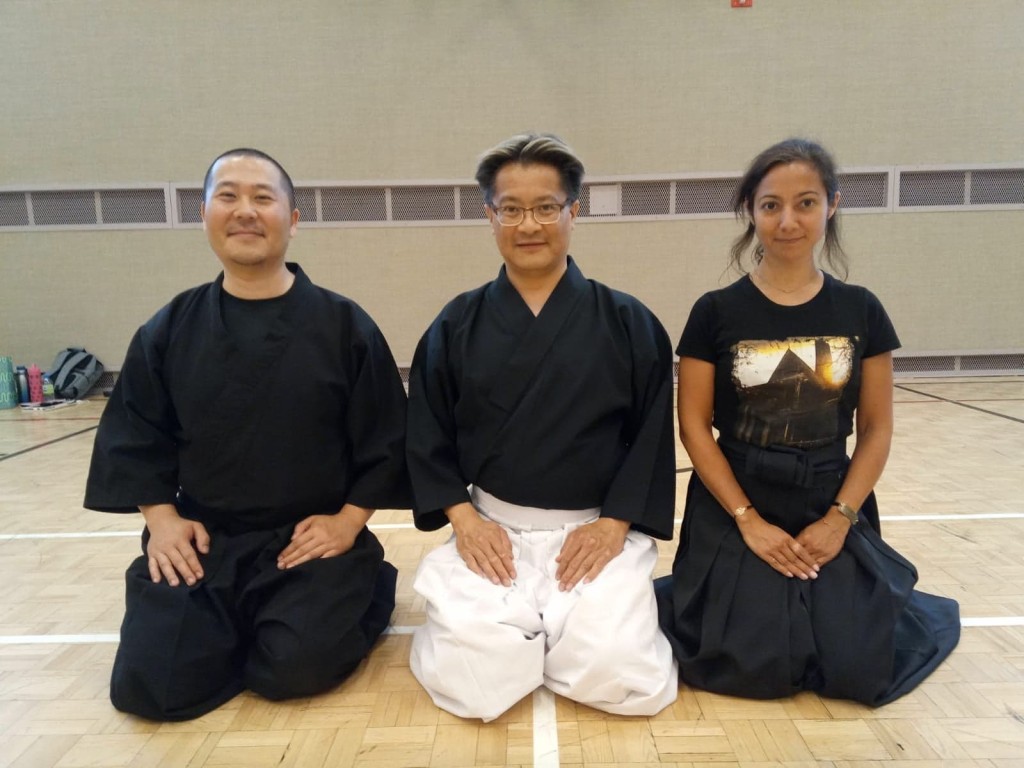
“It was a great experience to learn so much detail and depth of philosophy.”
Marla Saavedra
Keishinkai student
Montreal, Canada
__________________________________________________
